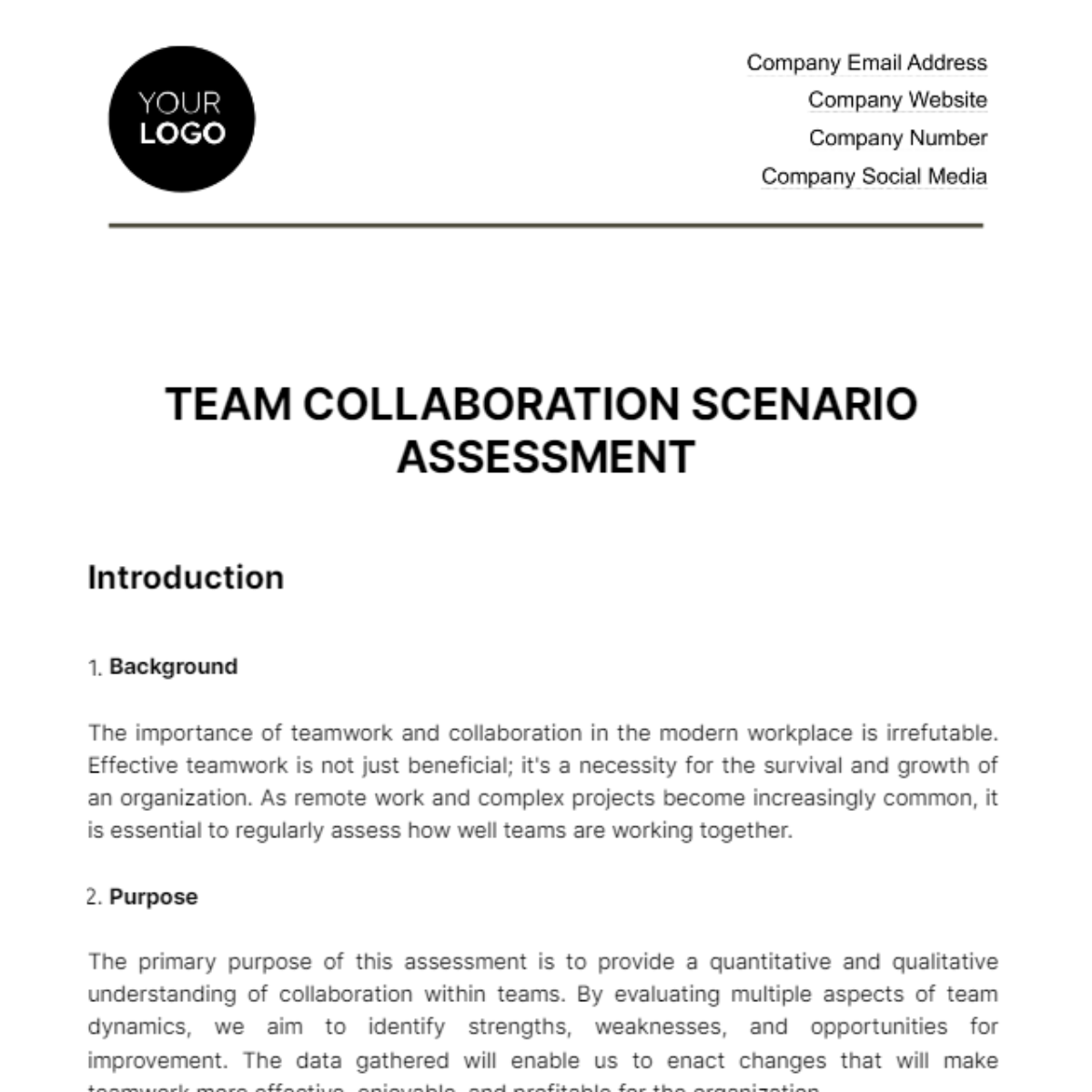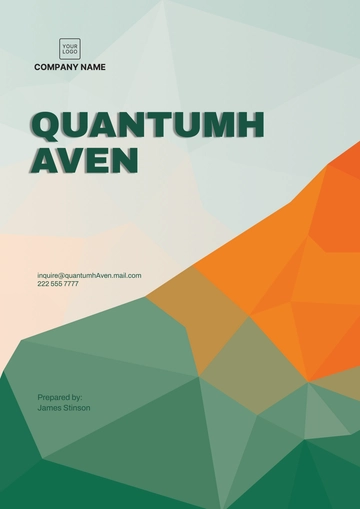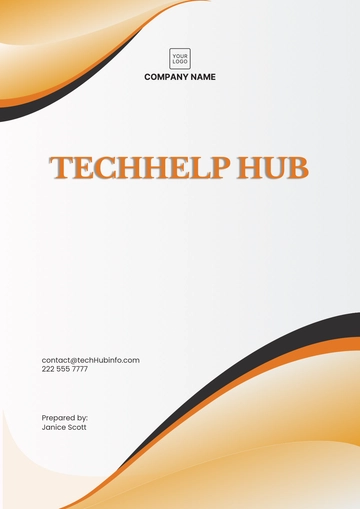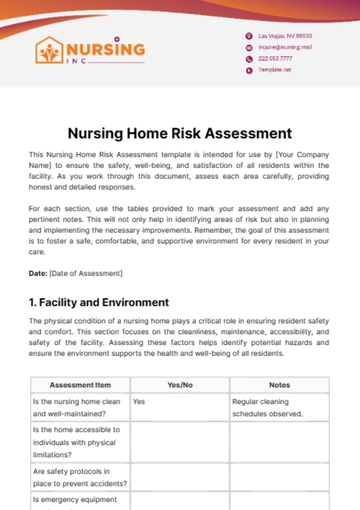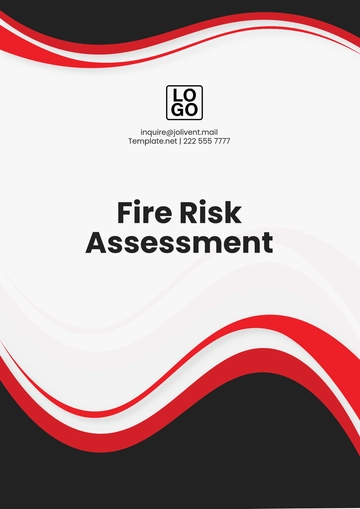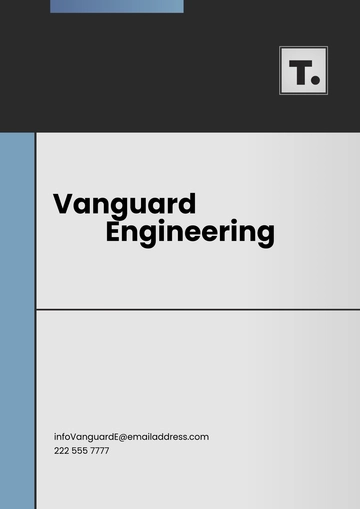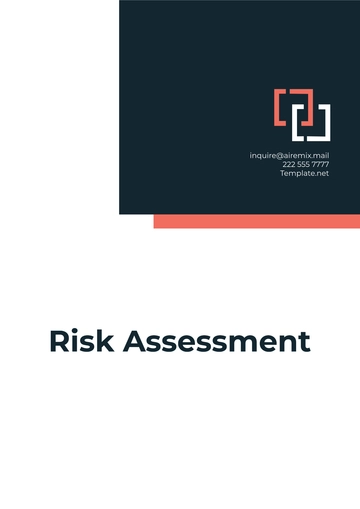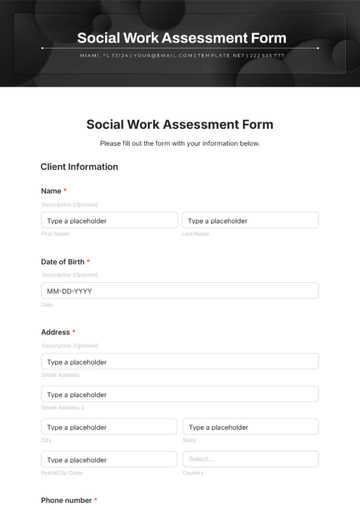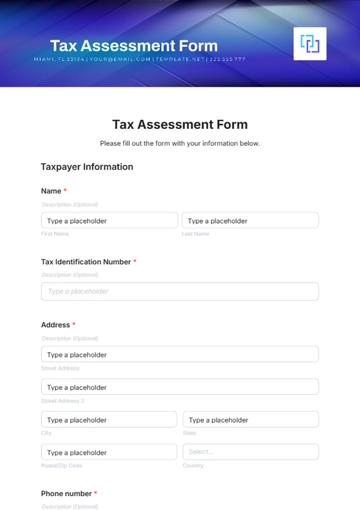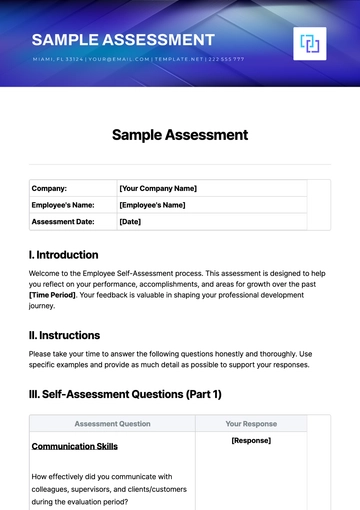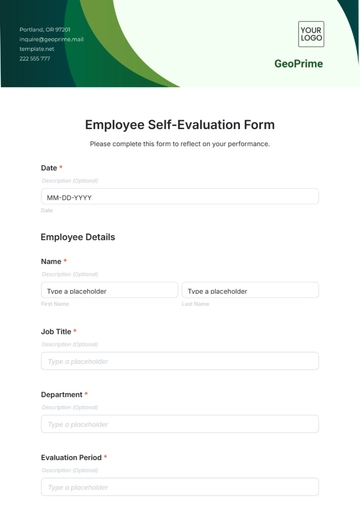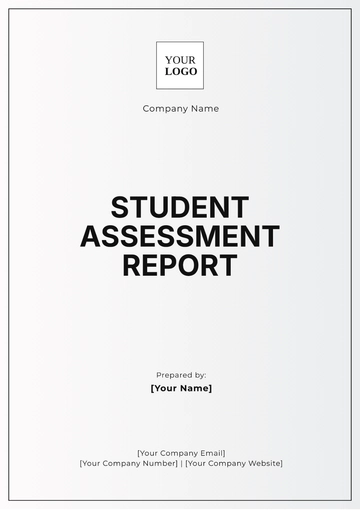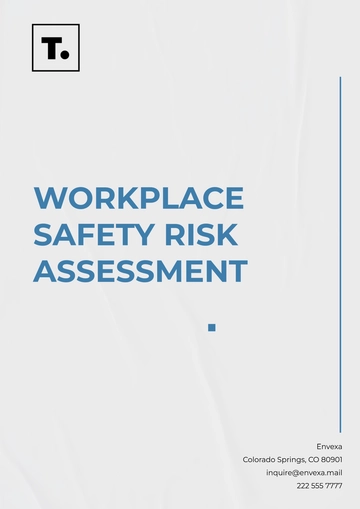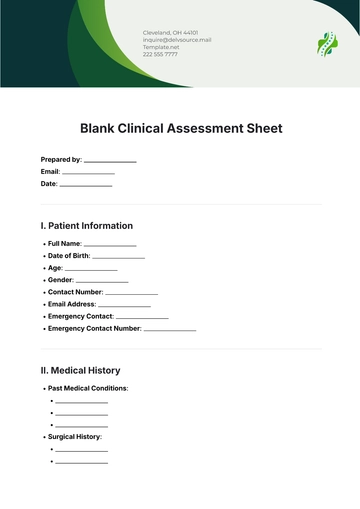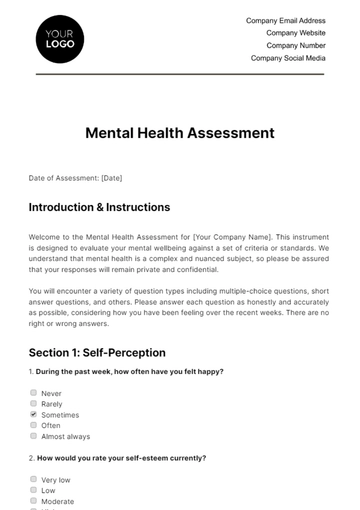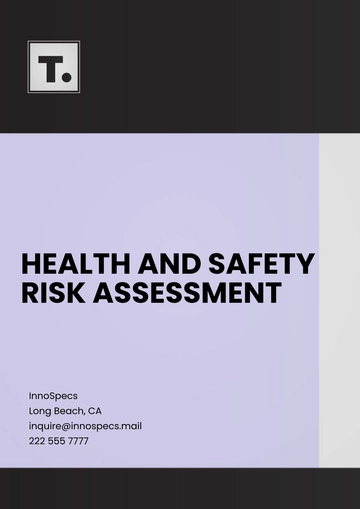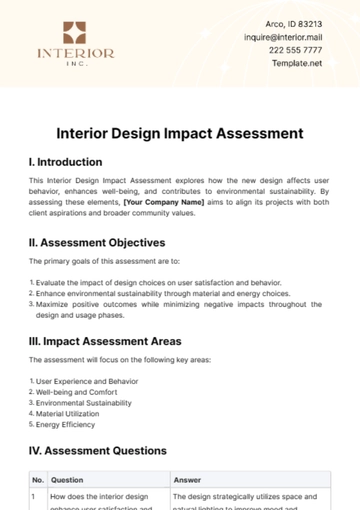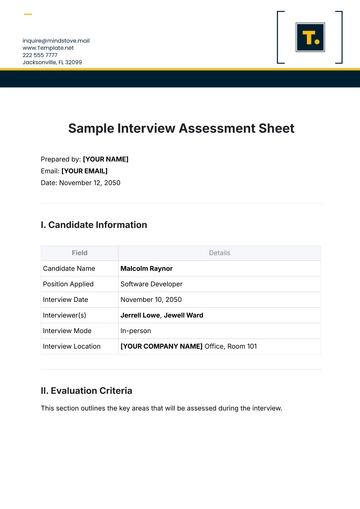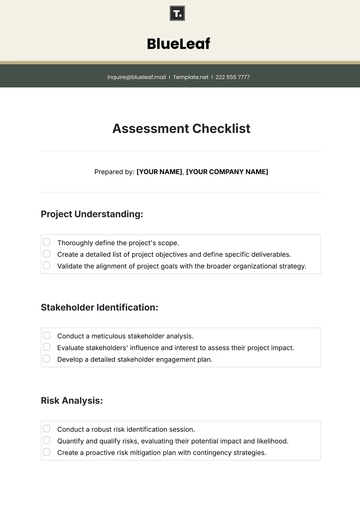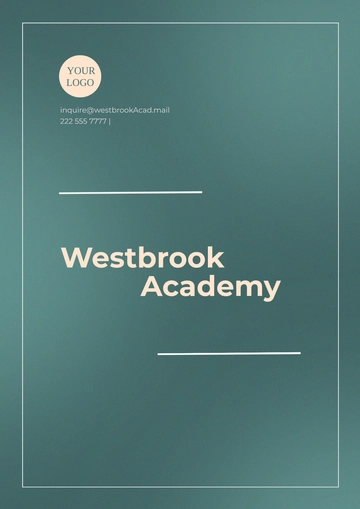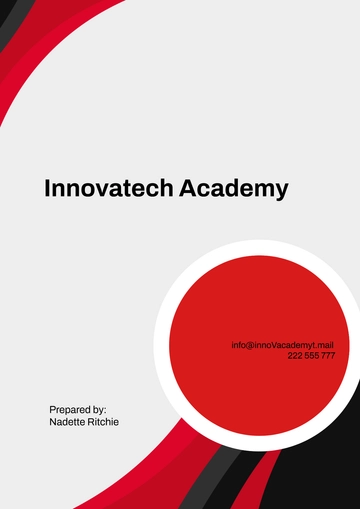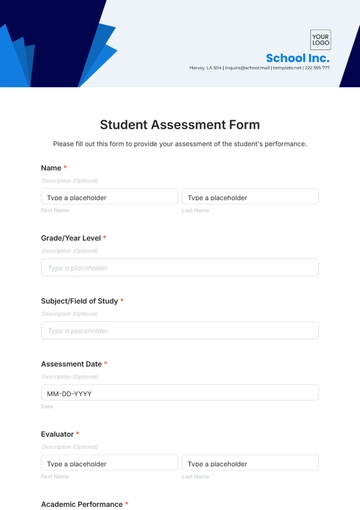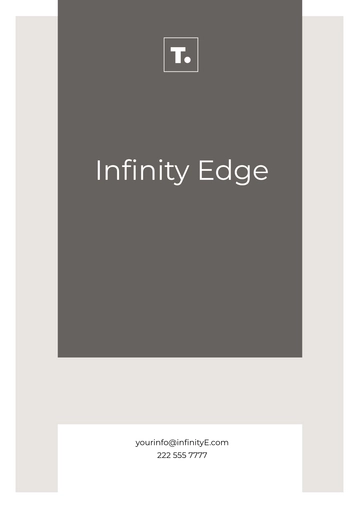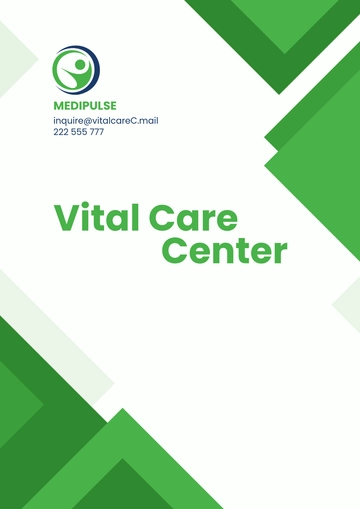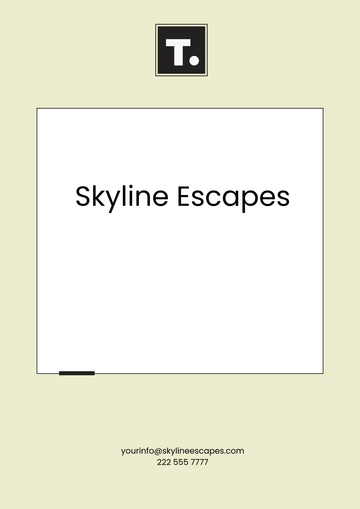TEAM COLLABORATION SCENARIO ASSESSMENT
Introduction
Background
The importance of teamwork and collaboration in the modern workplace is irrefutable. Effective teamwork is not just beneficial; it's a necessity for the survival and growth of an organization. As remote work and complex projects become increasingly common, it is essential to regularly assess how well teams are working together.
Purpose
The primary purpose of this assessment is to provide a quantitative and qualitative understanding of collaboration within teams. By evaluating multiple aspects of team dynamics, we aim to identify strengths, weaknesses, and opportunities for improvement. The data gathered will enable us to enact changes that will make teamwork more effective, enjoyable, and profitable for the organization.
Objectives
Detailed Objectives
Assessment of Current State: To understand how well teams in various departments are currently collaborating.
Identification of Strengths and Weaknesses: To point out what is working well and what isn't, and thereby identify areas for improvement.
Actionable Recommendations: To provide a structured list of steps that can be taken to improve team collaboration based on assessment findings.
Scope
Departments Covered
Department | Reason for Inclusion |
Engineering | Given its project-oriented nature, this department often sets the standard for team collaboration. |
Marketing | Collaboration in the marketing team can often involve cross-functional interactions. |
Sales | As the frontline of the company, effective teamwork in this department is crucial for revenue. |
Customer Support | A focus here is essential as this department directly impacts customer satisfaction. |
Methodology
Assessment Methods
Method | Description |
Online Surveys | Custom-designed surveys to be sent to all employees, tailored to each department's unique needs. |
Interviews | One-on-one sessions with selected employees to gain deeper insights. |
Observations | HR team members will observe meetings and collaborations for a first-hand look at team dynamics. |
Assessment Sections
Communication
Objectives
Effectiveness of Channels: Evaluating whether emails, team chats, and other channels meet the team’s needs.
Clarity and Frequency: To measure how well and how often team members communicate with each other.
Metrics
Questions
Teamwork
Objectives
Metrics
Questions
Project Management
Objectives
Metrics
Questions
Conflict Resolution
Objectives
Metrics
Questions
Metrics and KPIs
Metrics | KPIs | Data Source | Target Date |
Number of unread emails | <10 per employee | Email System | [Month Day, Year] |
| | | |
| | | |
Data Analysis
Overview
After the data is collected from multiple sources, including surveys, interviews, and observations, it will be compiled for comprehensive analysis. The analysis aims to provide a well-rounded understanding of team dynamics, pin-pointing both strengths and weaknesses.
Tools for Analysis
We will employ robust statistical software like SPSS and R to facilitate the data analysis. These tools provide a wide array of functionalities to conduct intricate analyses such as regression, chi-square tests, and correlation studies.
Types of Analysis
We will start by summarizing the main aspects of the data to provide a clear picture of the number of responses, average scores, and common patterns.
Inferential statistics will be applied to draw conclusions about the population based on the sample data. This may involve t-tests, ANOVA, and other hypothesis testing methods.
Where applicable, we will use predictive models to forecast future trends in team collaboration, helping the organization to preemptively address any potential issues.
Timeline for Analysis
The data analysis is expected to be completed by a target date, ensuring sufficient time for deriving actionable insights.
Daily Target | Completion Date |
Data Collection | [Month Day, Year] |
| |
| |
Recommendations
Immediate Actions
A set of immediate actions will be recommended that can be implemented quickly and are likely to show prompt improvements.
Immediate Action | Department | Expected Outcome |
Improve Communication | All | Better Team Synergy |
Streamline Workflows | Engineering | Increased Productivity |
Long-term Strategies
For sustained improvement, long-term strategies will be laid out, typically ranging from a 1-5 year timeline.
Long-Term Strategy | Department | Expected Outcome |
Implement Agile Methodology | Engineering | Streamlined Project Management |
Customer Service Training | Support | Improved Customer Satisfaction |
Conclusion
Summary
The Team Collaboration Scenario Assessment serves as a critical examination of how effectively teams within the organization collaborate. This report will provide both quantitative and qualitative insights into team dynamics across various departments.
Future Implications
The outcomes of this assessment are not just a snapshot but a baseline for future teamwork strategies. By actively implementing the recommendations, the organization can expect to see measured improvements in team collaboration metrics.
Appendices
All raw and processed data will be included in tabular formats. This will include survey responses, interview transcriptions, and statistical outputs from the data analysis.
Type | Content Description |
Survey Data | Responses to all survey questions |
Interview Data | Transcriptions and summary notes |
Statistical Data | Outputs from SPSS or R analysis |
For further queries or concerns, feel free to reach out to the Human Resources Department.
Contact Information:
HR Department
Email: [Your Company Email]
Phone: [Your Company Number]
HR Templates @ Template.Net
